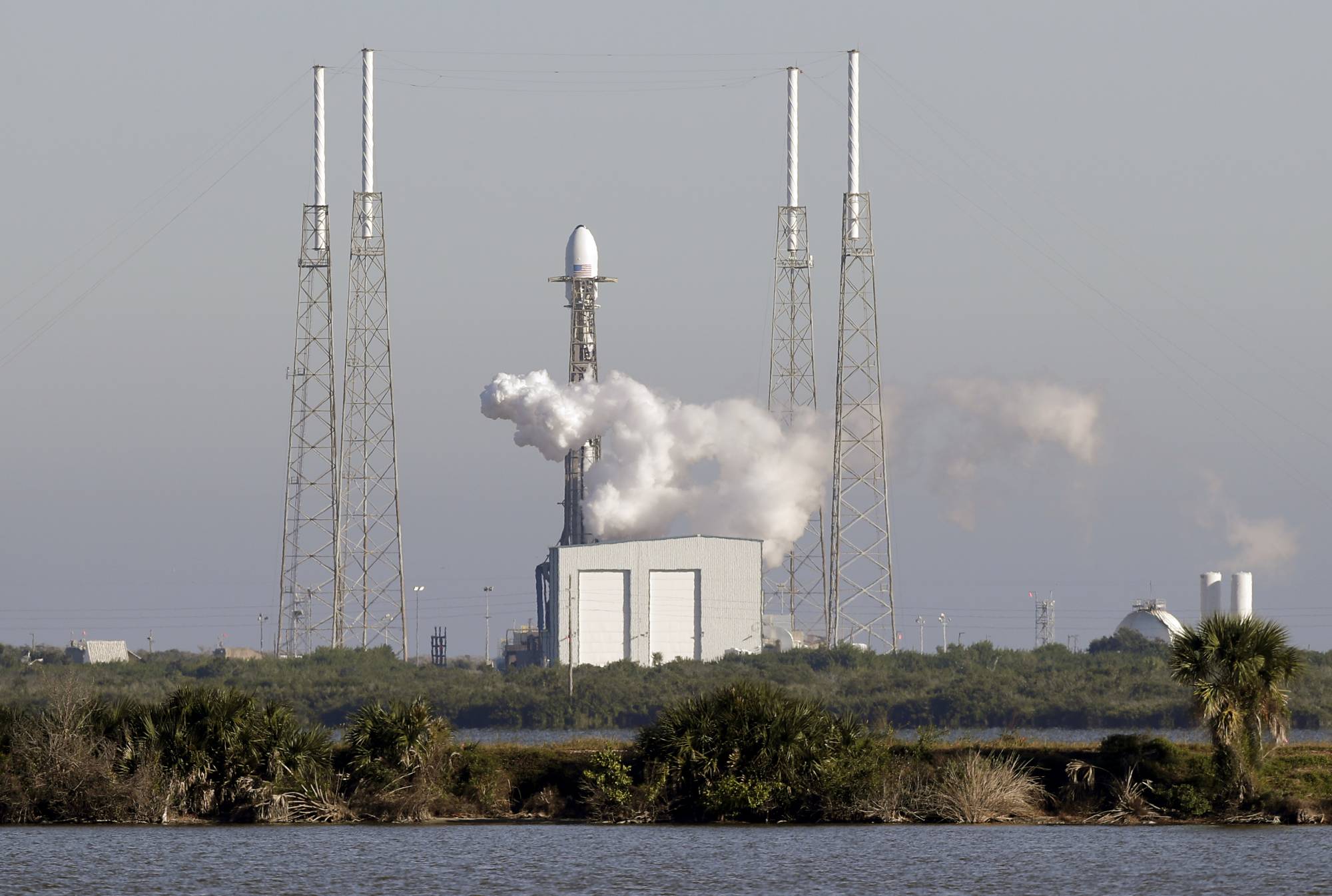SDA prepares for next batch of satellites with Tranche 1 launch in March
The first group of satellites will be launched in the "March-April time frame," and the agency is "starting to cut metal" for Tranche 2.
The Space Development Agency is preparing to release solicitations in January for the next batch of satellites that will be part of the Proliferated Warfighter Space Architecture (PWSA) — a network of small, low Earth orbit (LEO) satellites designed to support military operations.
The first group of satellites, known as Tranche 1, will be launched in the “March-April time frame,” and the agency is “starting to cut metal” for Tranche 2 satellites.
The agency first launched what’s known as Tranche 0 satellites in 2023, which includes 27 satellites in total — the launch was delayed by almost six months primarily due to COVID-19 supply chain impacts. The first tranche of proliferated satellites, which will include over 126 satellites, was initially scheduled to launch in September of this year. The initial launch will be followed by monthly launches for 10 months.
“The launch cadence is 10 months. We know, we know SpaceX can launch faster than once a month, so we can bring this in. One of the space vehicles will be ready faster than that once we start the initial launch. But it’s just a matter of how fast it will take us to get through launch and early operations and pull that in, but at a minimum 10 months once we start launching,” Derek Tournear, the agency’s director, said during the Mitchell Institute event Tuesday.
Tournear said if satellites are ready before the launch vehicle, the agency is willing to pay for the storage of completed satellites.
“I always take that challenge, and I say, ‘You get them ready.’ If I have to take possession of those and store them in my barn until the launch vehicle’s ready — I’ll pay you to do that. Let’s take the excuse off the table. I’m not worried about that,” said Tournear.
With Tranche 1 now scheduled to launch early next year, it could extend launches in 2026, which is when the second tranche of satellites is scheduled to launch.
Meanwhile, SDA is introducing lightweight position, navigation, and timing signal broadcast services in Tranche 3, which will offer a backup to the existing Global Positioning System (GPS) satellites the Defense Department widely relies on.
“We’re working with the Army on exactly what that looks like, but it will either be an L-band or S-band signal that goes out for things like munitions. When we say lightweight, it means very low processing is required to to receive the signal,” said Tournear.
Tranche 3 satellites will also expand SDA’s missile tracking and defense capabilities — the agency has already issued a request for information and plans to issue a draft solicitation in early 2025.
“We really want industry to tell us the state of the art and the state of the manufacture readiness for a combined missile tracking missile defense satellite. Up to this point, we have been flying a missile-tracking satellite constellation,” said Tournear.
“Missile warning is launch detection, the old school, ‘now we can affect mutually assured destruction. Let the President know where we’re under attack.’ Tracking is not only we can tell you that the missiles have been launched, but as they maneuver, we can tell the impact point. We can tell the people down range to prepare theater air defenses, or in the worst-case scenario, at least tell them to prepare for duck and cover. Defense takes that one step further and says, maneuvering missiles, we can detect them with such accuracy that I could send that data down to an interceptor with no other sensors needed.”
In Tranche 1, the agency has 28 missile tracking satellites and four missile defense satellites. In Tranche 2, the agency will have six additional missile defense satellites. Tranche 3 will include 40 to 45 missile-tracking satellites and nine dual-purpose satellites that combine missile tracking and missile defense functions.
“We’re really interested in hearing from industry on what those capabilities are. So when we make that solicitation, we know it’s something that could be produced,” said Tournear.
Copyright © 2025 Federal News Network. All rights reserved. This website is not intended for users located within the European Economic Area.






